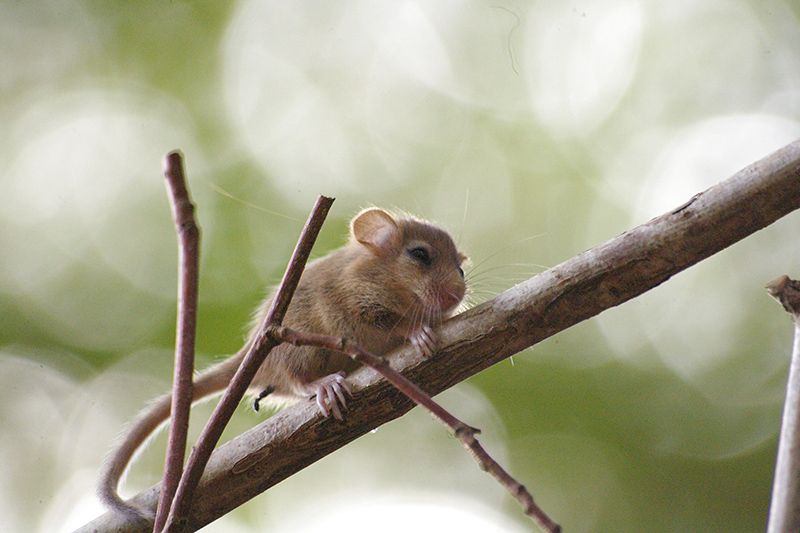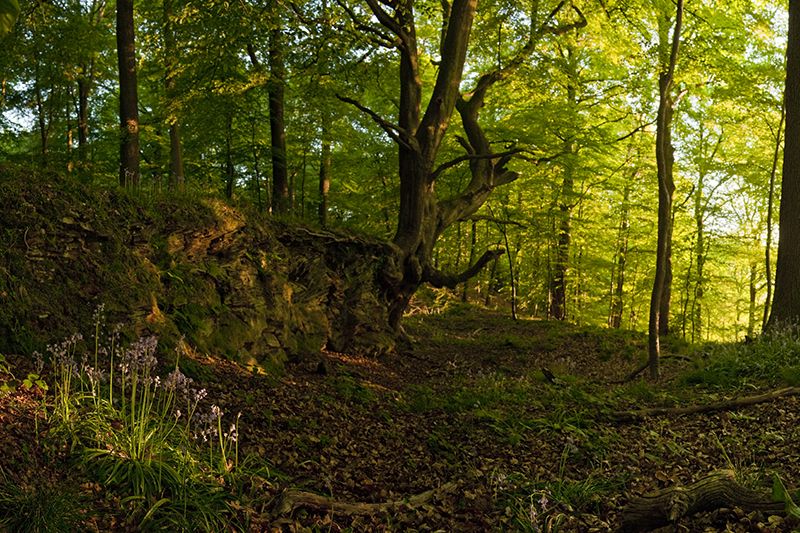House building efforts in the UK are a constant source of contention. Too many? Too few? Whatever the case, it’s undeniable that development all too often affects our wildlife and the dwindling habitats they rely on to survive. Many of our species in our nature-depleted country are impacted by infrastructure projects. Yet there are measures in place to safeguard them.
Dormice, planning and the law
Hazel dormice, their breeding and resting places are protected in England by law. Deliberately injuring or killing a dormouse is an offence. So is damaging or destroying a resting site for the purposes of development. It’s a legal requirement to survey for the species if they are likely to be present in an area and to provide appropriate mitigation where required. Failure to do so could result in a fine or even a prison sentence.
Unfortunately, this doesn’t necessarily protect wildlife where it should. The truth is that whilst hazel dormice and a myriad of other species are protected by international legislation, the mechanisms to monitor and assess whether our system actually works are not in place. We don’t know how many dormice populations are impacted annually by development projects and we don’t know if the measures offered up to mitigate such projects are effective. There’s been a lack of research into understanding what’s needed to protect populations in the long-term. As well as a lack of oversight at a landscape scale nationally, and regionally for local development plans, to ensure that there’s a limit on the amount of destruction or disturbance that can take place. And a lack of future-proofing to ensure someone’s responsible in the long-term. Dormice are not a common or widespread species. They don’t breed quickly, and their populations don’t easily bounce back when habitat is lost. And their numbers are plummeting. The decline is widespread across their range in England and Wales. We can’t afford to lose any more populations of this vulnerable species.

So what happens when our new houses damage the homes of our wildlife?
A recent case in Hampshire highlights the problem with the system but offers slight hope that a prosecution may make developers take greater care in future.
Planning permission was given for building up to fifteen homes per hectare on a site in south Hampshire. In July 2016, an ecological consultant set up more than 60 nest tubes to check for hazel dormice. The site was a square parcel of land, covered with rough grass, bramble, immature oaks, and hazel stools. The consultancy found seven adult dormice during the checks that year.
During the survey period, which carried on until November, the site was sold from one developer to another. At this time, a licence for the works had been submitted to Natural England but not yet granted. Just one week before the licence was due to be issued, the ecologist who had undertaken the survey visited the site and discovered Knightsgate UK Ltd, the owners, had given the go ahead to a tree surgeon to completely clear it. Much of the habitat was damaged beyond recognition as a digger cleared the land. It’s very likely that the hazel dormice and any common reptiles on site were killed during the clearing and burning.
Mark Gammon, CPS Wessex senior crown prosecutor and wildlife lead, said: ‘Dormice are a legally protected species whose populations have undergone a severe decrease in the UK over the last century.
‘This is due, in part at least, to the destruction of their habitats and resting places for the purposes of development. Knightsgate UK Ltd completely disregarded the advice they had been given and destroyed the dormouse habitat entirely.’

What happens in the long-term?
Thankfully in this case, the police brought a successful prosecution against the developers. They were fined £40,000 plus costs. But what are the long-term consequences and what lessons have we learned? Natural England said they had no powers of enforcement because they hadn’t issued a licence. What if the local Wildlife Crime Officer hadn’t had the capacity to the take the case forward? Even though the developer was unlicenced at the time, will Natural England be able to prevent them getting a licence in future?
Maybe this local population will weather the loss. It could be argued that only a few dormice were impacted. But the woodland and scrub at this site is already penned in by roads and houses. If further development takes place locally, will the dormouse population that lives there becomes isolated from other nearby populations? Will it be sustainable in the long-term?
It is time for a change. There must be a system that enables an overview of the scale of development happening on local and more regional scales. There must be a mechanism that calls a halt to development where it harms our threatened wildlife. And there must be no further loss of dormouse populations, otherwise we risk losing the species altogether.
Can you help us to recover dormouse populations in the UK?
